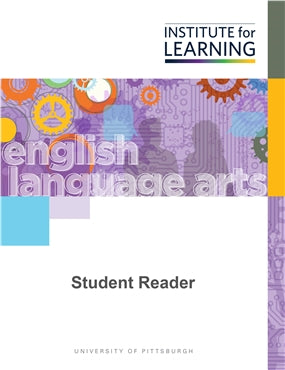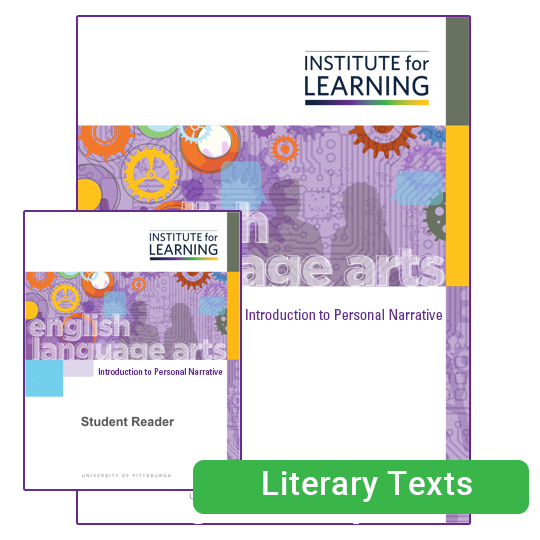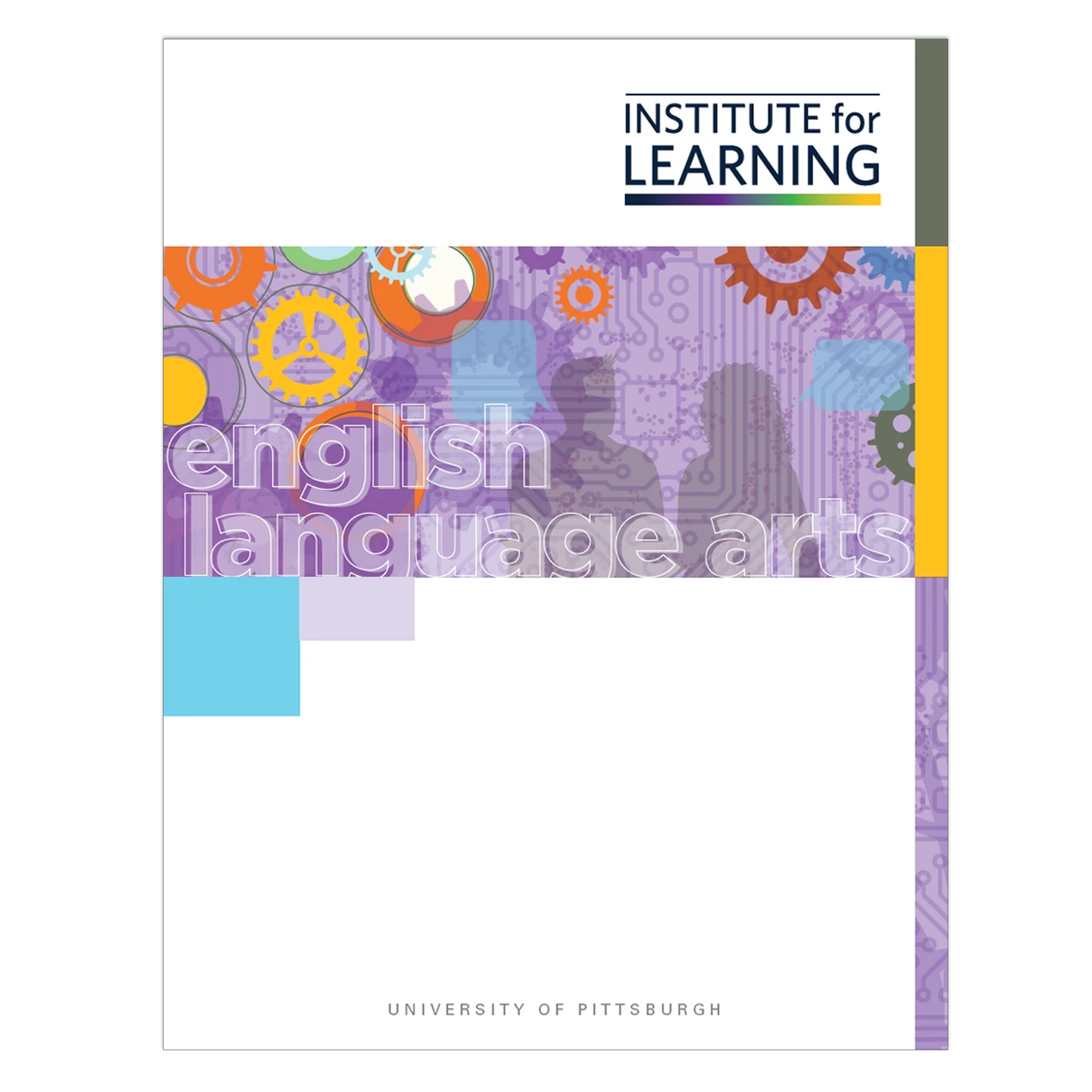Institute for Learning
Introduction to Personal Narrative (Grade 2)
Introduction to Personal Narrative (Grade 2)
Couldn't load pickup availability
Students write about and write like three narratives: Fireflies! by Julie Brinckloe, Chicken Sunday by Patricia Polacco, and Owl Moon by Jane Yolen. Students study the characteristics of the narratives and learn about concepts such as voice, descriptive language, clarity, and organization. Through the work in this unit, students learn how to use mentor texts to produce their own personal narratives.
- Three literary texts
- 4-6 weeks instruction
- Narrative writing
What is this unit about?
The goal of this unit is for each student to successfully produce a criteria-meeting personal narrative by engaging in authentic, coherent, and rigorous reading and writing instruction. The unit engages students in text discussions of three complex narratives and then in studying these texts along with several student written personal narratives as models of a writer’s craft.
The unit introduces second graders to understanding and using English language arts concepts and writing skills (e.g., voice, descriptive language, clarity, organization, etc.), as well as habits of thinking and learning that are transferable to other reading, writing, and learning opportunities–such habits as learning from mentor texts, learning with and from each other, using criteria to guide their work, monitoring their own work, and working hard toward a finished product.
What content will students learn?
The specific content students will learn includes:
Using features specific to the genre, such as:
- A topic that describes a special event, person, or place which is important to the author and would be interesting to the reader
- An interesting title that grabs the reader’s attention and identifies the topic
- A strong lead that tells what the topic is and hooks the reader into wanting to read about it
Body paragraphs describing/using:
- What happened in chronological order–first, next, next, next, and last
- How the author and others feel about the topic
- What the author learned from the experience
- Details to help the reader understand the topic and make it more interesting
- A strong ending to affect the reader in a certain way
- Words that help a personal narrative make sense and be interesting to the reader
- First person words to let the reader hear the voice of the author
- Dialogue to help the reader hear other voices
- Sensory language to tell how things feel, look, sound, taste, or smell
- Strong, action verbs
- Linking words or phrases to connect events





